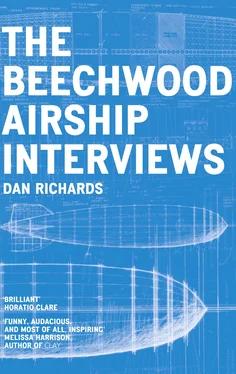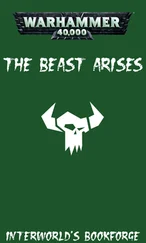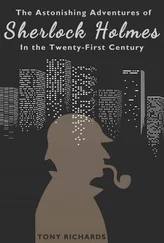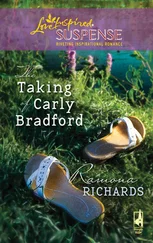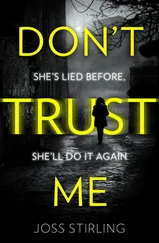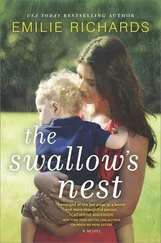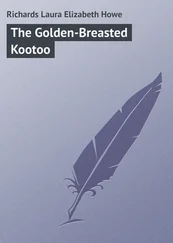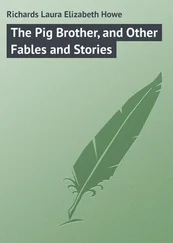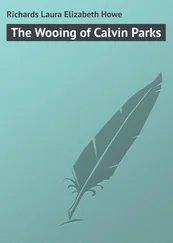We break for tea and I ask about Jenny’s childhood, how she came to be here, when she discovered who and what she wanted to be, her formative years.
Did you spend a lot of time in your bedroom?
‘I would say so, yeah. I lived in lots of different houses and went to lots of different schools and so art became something that was a constant for me. I just always remember making paintings or building things and I read a lot about other artists. I visited Cézanne’s house when I was sixteen because I had an obsession with Cézanne and I knew pretty early on what it took to be an artist – reading about the life of Van Gogh when I was about twelve, things like that. My uncle was an art historian and he ran courses in Venice and Florence so I’d spend summers there and would join in all the art history courses. In the Frari in Venice, there’s an enormous Titian altarpiece of the assumption of the Virgin and I can remember sitting in front of that and saying, “One day I’m going to make paintings as big as that.” It wasn’t a joke. I was absolutely serious. I didn’t really know who Titian was but I learnt about him and Tintoretto and eventually I owned it through that knowledge. I knew that was going to be my life. I didn’t even consider that that wasn’t a thing that women had done. It wasn’t even on my radar. It was absolutely my life – there was my life: I was going to be in dialogue with these people who had done this stuff. I think the naivety of my desire helped me. That’s just what I did and my mother was a teacher – she was my teacher actually, when I was very little – so the classroom, when all the kids left, was mine; so she’d be doing whatever she did and I’d just be making things or drawing and that continued. It was my language from a very early age.’ *
Your vocabulary to communicate with the world.
‘Absolutely. I mean, I admire writers greatly. I don’t find the precision in words that I do in paint. I find paint’s the way I can hold all the contradictions of life. I can’t begin to use words that way.’
Interesting then that a lot of your catalogue essays are very cerebral and penetrating in that way – John Gray, for example, one of the most acute and steely writers I know.
‘I love his writing. Straw Dogs in one of the best books written in the last twenty years because it’s incredibly precise; to be able to go through that amount of information … the relationship that he’s got with humans as animals is something that I’ve had in my work, that I’ve felt, since I was much younger. I give it to everybody, that book. *
‘I’m interested in fictional, constructed ideas of the self – ‘If I had this procedure, I’d be more myself’ – that’s just a myth, a mythical thing. You have this fictional idea of what you want to look like or could look like, need to look like, to be more wholly you. It’s an artificial construct and I found that very interesting when talking to patients in New York; they felt that they were inhabiting their body more by having this artifice … and that’s not a modern phenomenon but the idea that you can re-sculpt your flesh, I thought that thrilling.
I wasn’t making a moral judgement with the work, which a lot of people thought I was; I was fascinated with the need to do it and what the mechanisms of that were because I’ve often been interested in the space between things. I’d say the biggest thread that runs through my work is “the in-between”.
If it’s a transvestite or a transsexual, you’re in-between – a floating gender. You aren’t fixed – and that movable boundary I found an interesting place to operate. A free space.’
That’s the word, I suppose, operation. A surgical gaze.
‘Yes, I would say so, and I’ve painted quite a few things where you’re not quite sure whether the body is alive or dead. I’ve often tried to find images that have that – one eye left open or a face that’s completely mauled. When I paint it, I want it so you have to work to piece the head back together again, so you’ve got a moment of crisis, as a viewer.’
There are very few things more arresting or off-putting than to have your gaze met by something ‘other’ – familiar yet alien.
‘I suppose so, but by the time I’ve done them I’m so involved with them that I don’t see them with fresh eyes because I’ve done the journey … I think I’ve developed the withdrawal of personality, the opposite of what portraits have been aiming to do for centuries. I try to show the personality of whatever trauma or alteration is of the body.’
The crash site. The aftermath.
‘That’s it, I’m not trying to show the personality of the human being in the way of “the eyes being the gateway to the soul” – it’s not that.’
But I think you can have both together. I remember John Hurt talking about how he cried reading the script of The Elephant Man because of that feeling, the glint and purchase of recognition – the body, the man behind the trauma.
‘That’s the thing: when you get people that work well – even an artist like Velázquez, his Pope painting in Rome, he doesn’t illustrate. Velázquez isn’t like Caravaggio. Caravaggio, however great he is, for me, he’s a bit of an illustrator. Velázquez doesn’t illustrate. He builds in paint. He’s in that moment where it’s more real than real because he uses paint so well, and people like David Lynch do the same thing, I think. Something like The Elephant Man, it’s not you but it’s the hyperbolic you, but he has enough realism in it that it brings it to you; so it’s in you and out of you at the same time, and that’s quite thrilling because it unlocks sensations that you know you’ve got but don’t often have the facility in life to think about or experience.’
• • • • •
Jenny leads the way into the larger room beyond, pushing through the plastic sheets, *revealing a space dominated by multiple versions of the painting Stare. The faces gaze out, each with a dazed expression somewhere between “Have I left the gas on?” and “I’ve just cut off my thumb.” The expression lives in the moment of a child’s confusion – the split second between the fall and the tears, the crash and the blood.
I tell Jenny I’m amazed she’s able to redraw and repaint the same image over and over – each individual yet retaining an essence.
‘I know that mouth back to front now. Each one; but I’m quite pleased that I’m finishing them because I’ve painted this head an awful lot of times now.’
The textures here are really meaty.
‘They’re all going to be shown together. I became interested in video phones a few years ago and early MSN messaging; you’d see somebody break apart and pixellate, leave part of their flesh over there and you’d try with your eye to get the head to come back together again.’
Where did the source material for Stare come from?
‘It’s from a medical book that I had a long time ago. I use Photoshop a lot to shift the colours around so I did a blues and greens version and I did drawings of it – it had everything I needed. It had a mouth that I love, a landscape map-face, one ear that almost holds up the painting so you can shift the head.’
The ellipse of the shirt is great.
‘Exactly, it’s a good rocker at the bottom. So it’s got a lot of elements to it – the shadow of the nose – a lot of things where you can get good shapes going, so really it was an indulgence being able to concentrate on the paint, being allowed to make these landscape figures.’
When you’re preparing a show, do you arrive with some paintings or do people know what’s coming?
‘I don’t have a lot of people coming into the studio because I like to get the work the way I want it before I show it.
Читать дальше
